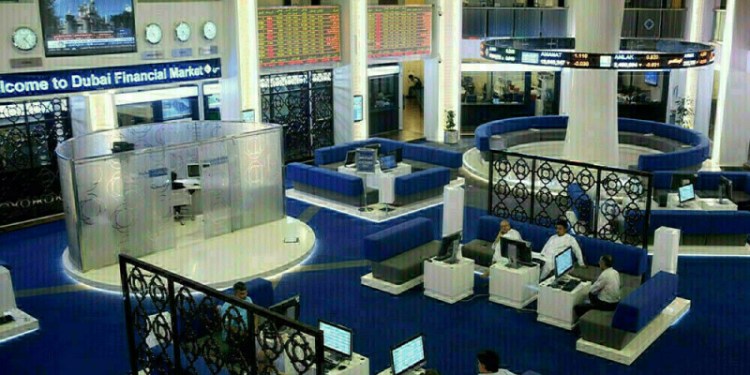By Trevor Hunnicutt
PRINCETON, N.J. (Reuters) – The U.S. Federal Reserve should lower its expectations for rate hikes even if its economic forecasts have not changed, because of signs of a slowdown in spending and other risks, Governor Lael Brainard said on Thursday.
“Our policy goal now is to preserve the progress we have made on maximum employment and target inflation,” Brainard said at Princeton University. “Heightened downside risks to output and employment would argue for a softer federal funds rate path even if the” most likely “outlook for the economy were unchanged.”
Brainard’s remarks are among the last from policymakers before a March 19-20 meeting of the rate-setting Federal Open Market Committee (FOMC). Markets have written out the chance that a rate hike would be in the cards anytime soon especially given the chance that weakening Chinese and European economies could spoil the world’s largest economy, concerns Brainard echoed in her speech.
Brainard said she has seen both an increase in risks to the U.S. economy as well as signs in current data that businesses and consumers are spending less money, and that “the best way to safeguard the gains we have made on jobs and inflation is to navigate cautiously on rates.”
She added: “Prudence counsels a period of watchful waiting.”
The remarks are among the first by top Fed officials to draw attention, albeit vague and hypothetical, to the possibility that the central bank might have to ponder rate cuts, which markets now forecast as more probable than a hike as the next move. Last year the bank raised rates once each quarter.
Brainard said that before the end of 2019, the Fed should stop shrinking its holdings of bonds that it bought in the aftermath of the 2008-2009 global financial crisis. Doing so would not make sense if it conflicts with rate policy.
“We would not want the balance sheet to be shrinking at a time when the FOMC thought it was appropriate to cut the federal funds rate,” said Brainard.
In a question-and-answer session after the speech, she said she did not want to pre-judge what rate moves would be necessary later in the year. As recently as December Brainard said gradual rate hikes would be “appropriate in the near term.”
The central bank policymaker now sees the U.S.-China trade conflict, Britain’s exit from the European Union and political differences over the U.S. debt as big risks.
And she said she is watching labor market data closely for signs that one of the consistently strongest parts of the U.S. economy might be starting to falter. February’s U.S. employment report is scheduled for release on Friday.
Brainard said there is little sign that strong labor markets are leading to high enough prices that would warrant rate hikes and said it is possible that long-term inflation trends are actually below the central bank’s target. The Fed’s approach to inflation is one subject of a longer-term policy review this year that may see the Fed welcome price hikes that are slightly and temporarily over its target.
Asked if the Fed’s 2 percent inflation target itself could be reconsidered, Brainard said she would not say there is a particular emphasis on that question but that “we haven’t defined what the scope of possible framework proposals might be because we just fired the starting gun.”
Fusion Media or anyone involved with Fusion Media will not accept any liability for loss or damage as a result of reliance on the information including data, quotes, charts and buy/sell signals contained within this website. Please be fully informed regarding the risks and costs associated with trading the financial markets, it is one of the riskiest investment forms possible.
Source: Investing.com


























